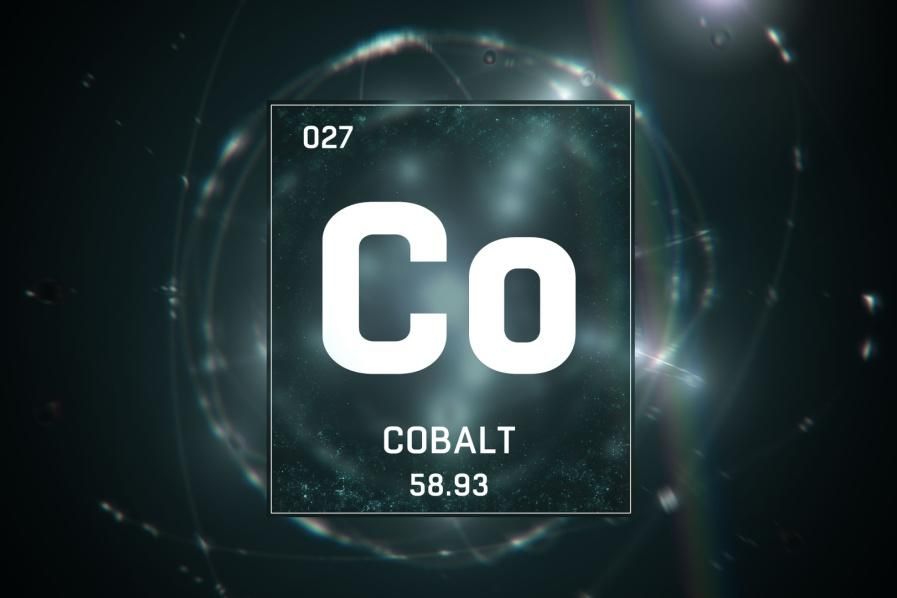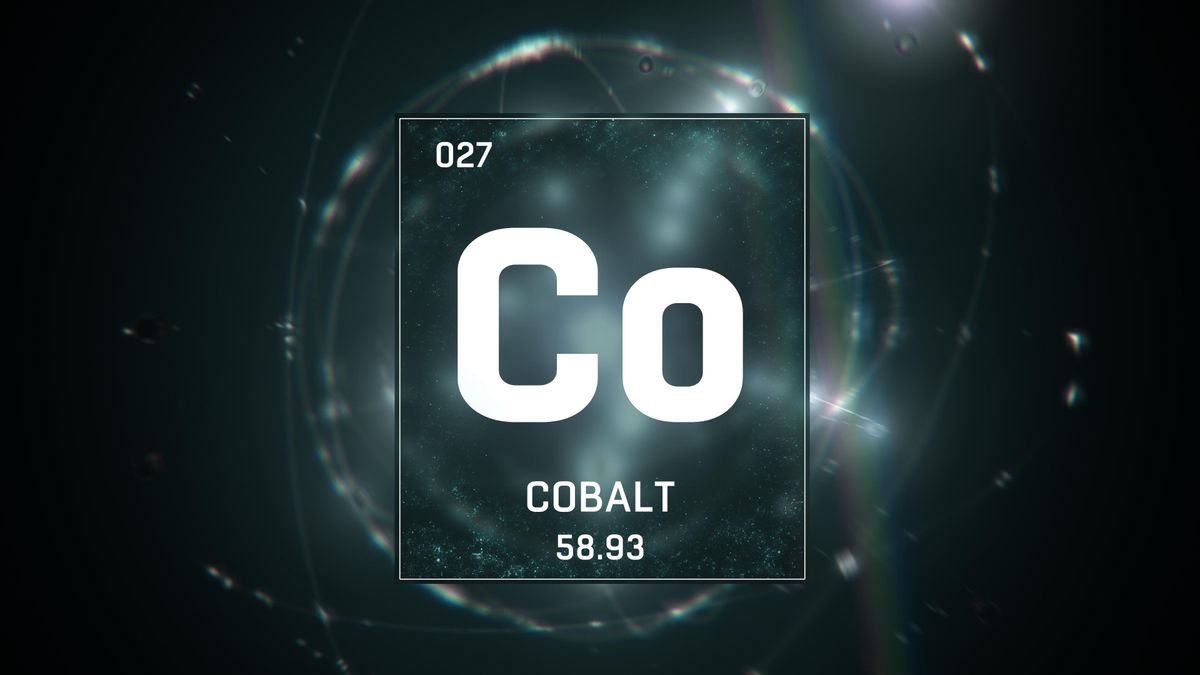Following a two-year study, Glencore to scale the use of Ceibo's sulfide leaching technology that significantly improves copper recovery
Ceibo , a clean copper extraction technology company, and Glencore ‘s (GB:GLEN) Lomas Bayas Mining Company have entered into a partnership to deploy Ceibo's proprietary leaching technologies that enable a more effective extraction of copper from low-grade sulfides at one of Chile's leading mines. Lomas Bayas has validated Ceibo's technology and is moving toward scaling up to assess this as an alternative to extend the life of their mining operations. This partnership follows two years of testing by Glencore, an important contributor to Chile's position as the world's largest copper producer.
Under the terms of the memorandum of understanding, Ceibo's technology will scale up with on-site testing through the Lomas Lab, a Glencore world-scale test site, and the company's research and development branch. This agreement opens a significant commercial avenue for Ceibo, demonstrating its unique approach with a major mining company and affirming the value that Ceibo's advanced leaching technologies bring to copper assets globally.
Lomas Bayas is known for its focus on innovative and efficient new solutions. Through this partnership, they will be able to further capitalize on their copper reserves by increasing and optimizing extraction. It also positions Lomas Bayas at the vanguard of sustainable mining by increasing the volume of copper while simultaneously minimizing the impact. Lomas Bayas strives to maximize technologies that allow the production of copper cathodes from sulfide species containing chalcopyrite, with the goal of extending the life cycle of their mine.
Ceibo's leaching processes extract copper in all sulfides using existing leaching plants. This process more quickly and effectively catalyzes the oxidation in the ore through electrochemical reactions, resulting in higher recovery rates in shorter operational cycles. In recent industrial testing on over 20 chalcopyrite-rich ores, the technology has recovered over 75% of copper, a significant increase compared to traditional leaching. Ceibo's technologies can be used in many ways, including increasing the output of existing operations, extending the life of a mine, and enabling new brownfield and greenfield projects.
"We are excited to expand our partnership with Ceibo to scale an innovative technology that can transform the copper industry. Ceibo's ability to produce copper from sulfide-rich ores brings a huge value for assets like Lomas Bayas to sustain production while transitioning from oxides to sulfides," said Pablo Carvallo, General Manager of Lomas Bayas. "This increase will help us maximize our production to service growing worldwide demand."
"The copper industry is facing increased demand alongside environmental standards," said Cristobal Undurraga, co-founder and CEO of Ceibo. "We are thrilled to have such an innovative partner in Glencore's Lomas Bayas, who is at the forefront of adopting new technologies. Together, we are proving that our advanced leaching technologies are allowing the extraction of even more copper from the existing operation while significantly improving sustainability – all while we meet the urgent global need for copper in the clean energy transition."
With demand for copper surging worldwide, this partnership provides a mining industry template for how to immediately increase copper production by significantly extending the life and capacity of mine operations. Ceibo's technologies greatly reduce the implementation time and resource consumption of traditional production methods such as concentrators and smelting, which require many years to build and secure permit approvals and are burdened by an extreme reliance on water and energy.
About Ceibo
Ceibo is accelerating access to copper with its clean, innovative technologies that bridge the supply-demand gap to further the energy transition. Founded in 2021, with dual headquarters in the US and Chile, Ceibo brings together a diverse team of scientists, metallurgists, engineers, and operators with a common passion for using technology to advance net zero goals. For more information, please visit www.ceibo.tech . Media enquiries: ceibo@consortpartners.com
About Glencore in Chile
Glencore is engaged in the production and marketing of raw materials such as copper, sulfuric acid, and molybdenum. In Chile, it operates in the Antofagasta region, including Compañía Minera Lomas Bayas and the Altonorte Metallurgical Complex, and holds a 44% stake in Compañía Minera Doña Inés de Collahuasi.
About Glencore
Glencore is one of the world's largest diversified natural resource companies, with more than 150,000 employees and contractors in over 35 countries. The company produces, processes, recycles, and markets more than 60 commodities that support decarbonization and meet current energy needs.
View source version on businesswire.com: https://www.businesswire.com/news/home/20241120482815/en/
Media Contact
Consort Partners for Ceibo
ceibo@consortpartners.com




